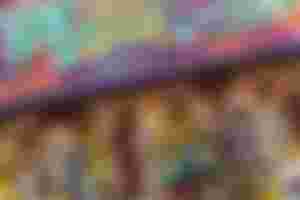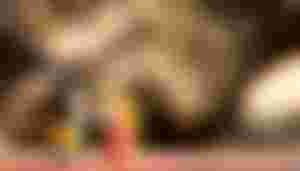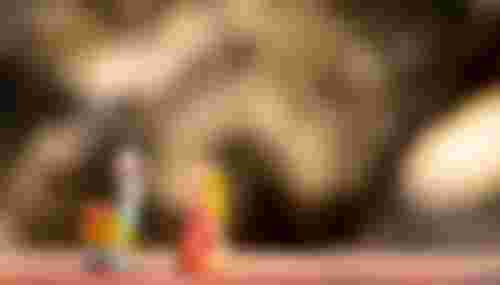9th August 2021.
Thanks to all my sponsors for seeing the best in me and choosing to stick their necks out for me. You guys are the bomb. Many thanks to @Princessbusayo, @Bloghound, @Gaftekloriginal, @HappyBoy, & @King_Gozie. You all are so amazing and I hope to keep doing my best to make you proud.
I'd like to look into the very sensitive issue. I came about this because of the nature of kids when ot comes to watching television. Kids are highly attracted to watching cartoons in place of any other television program. Recently, I had to ask a professional Montessori tutor, the reason behind this, and her response was shocking but classical.
She said:
Cartoons are now used in classrooms to attract learners' attention because of the color in them. Cartoonist applies primary color which children are attracted to in designing their styled- cartoons. I wonder tend to see that cartoons are sharp in color.
In role-playing, children can easily imitate a cartoon character and then makes learning fun. When fun is involved, learning becomes very easy. With this style of teaching-learning process, there is no supposed dullard in the class. Professionally speaking, no child is to be referred as a dullard. Every child is only working according to self-discovery period. While some will discover themselves early in life, other could attain that at a slow pace.
It helps kids in concentrating on big issues that would have discouraged them considering there ages. But when pictorial explanations are involved, their attentions are fetch which tends towards learning.
Cartoon as a pictorial parody or imitation, which, by the devices of caricature, analogy as well as ludicrous juxtaposition, sharpens the public view of a contemporary or topical issue, event, political or social trend.

Political competition or points can be scored using cartoon caricatures on national newspapers. For instance, after the first world war in Europe, relative peace was recorded when publishing houses applied more cartoons in their publication in passing information on current happenings to the public. This has also become the trend in many newspaper houses in the 21st century in passing information to the public.
Political thuggery and corruption have been dislodged using cartoons too. The Northern part of America used cartoons during the civil war period to remove corrupt political officeholders.

Apart from politics, cartoons are now being used in poetry, rhymes, and mathematics in schools. Computer-based instructions are being built by technocrats to support teachers in imparting learners.
Communication scholars are all agreed that, as it is with many subjects, visuals greatly assist in arousing readers‘ interests. In the print media, cartoons equally assist in providing a clear mental picture, speed understanding, help memory and provide a shared experience.
Some cartoons are even featured without captions or written explanations, yet the messages inherent in them are still understood by readers.
Cartoonists are more than journalist since they apply artistry on conjuring information to the public, or through illustrations.


Pictorial or practical learning sticks more to the brain than the usual teaching style of just communicating with students.
Truly I have seen educational content been blended in cartoons and I have seen how effective that system is on kids .